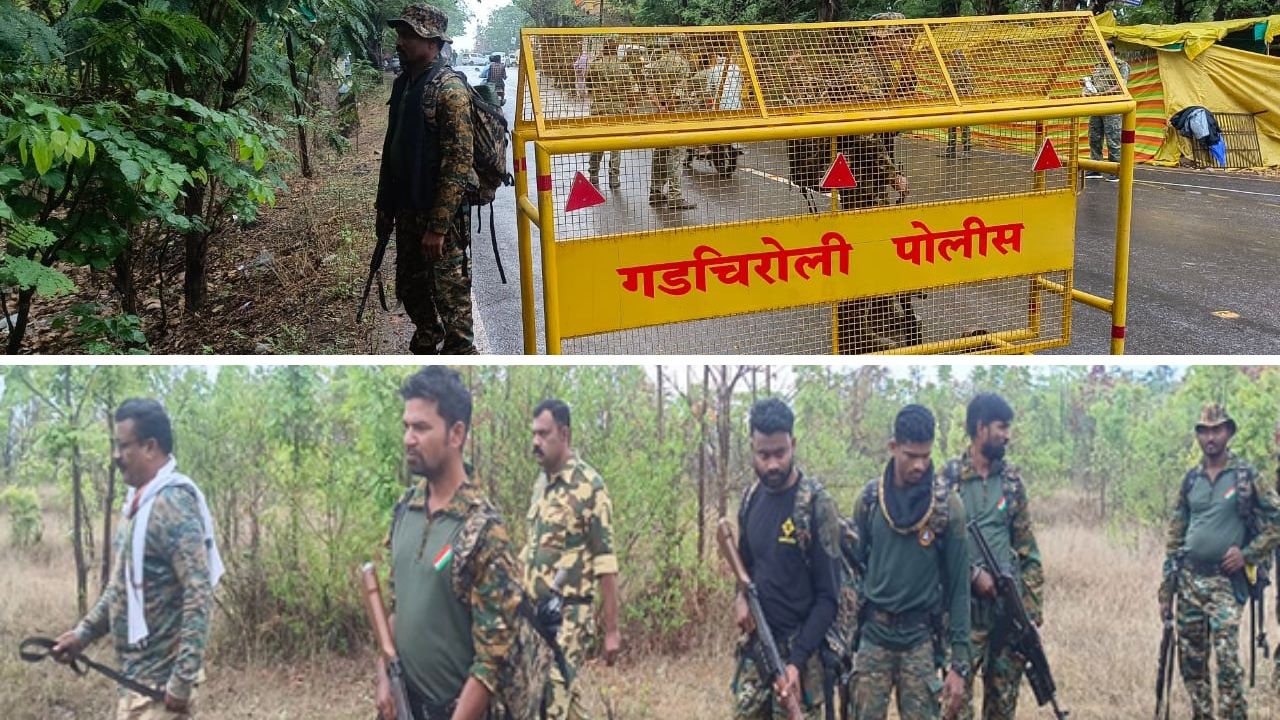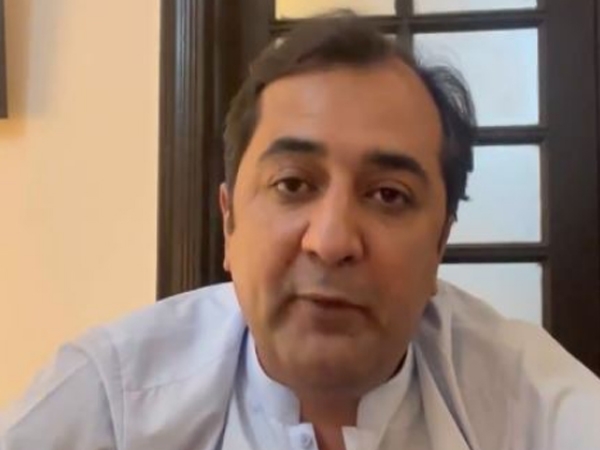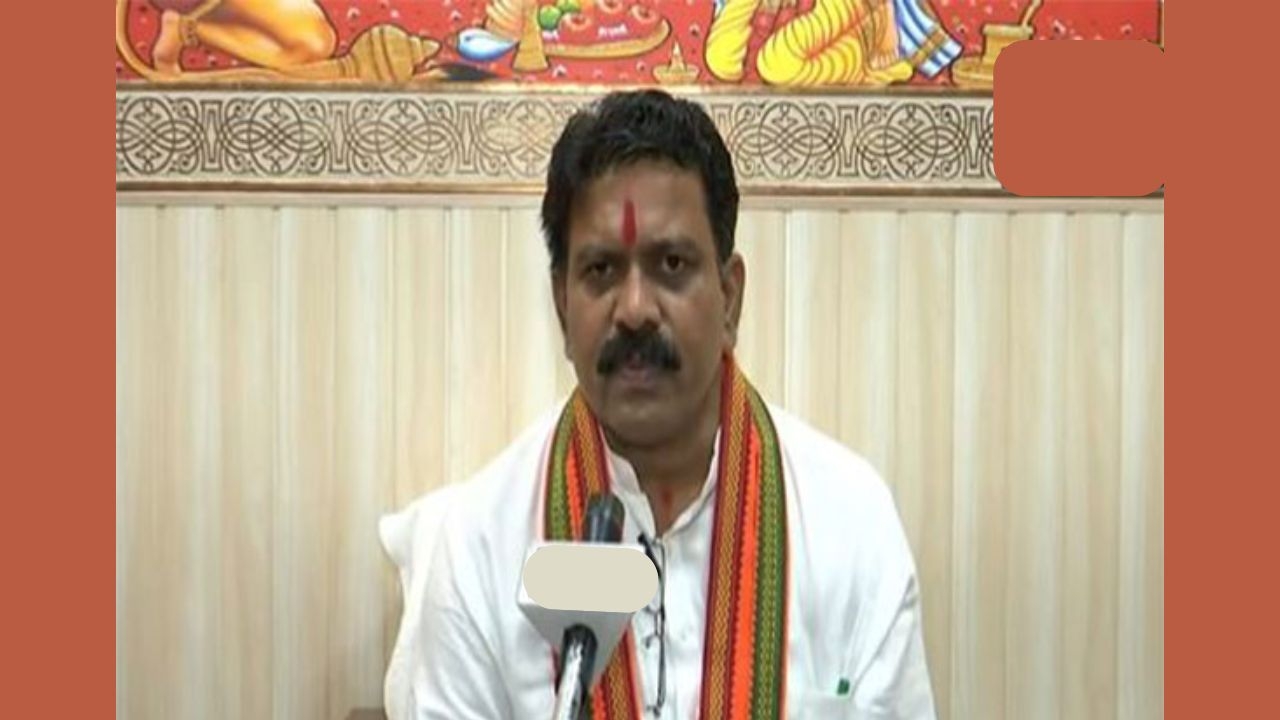Problems next door: Demonetisation in India & how Nepal too feels the burn
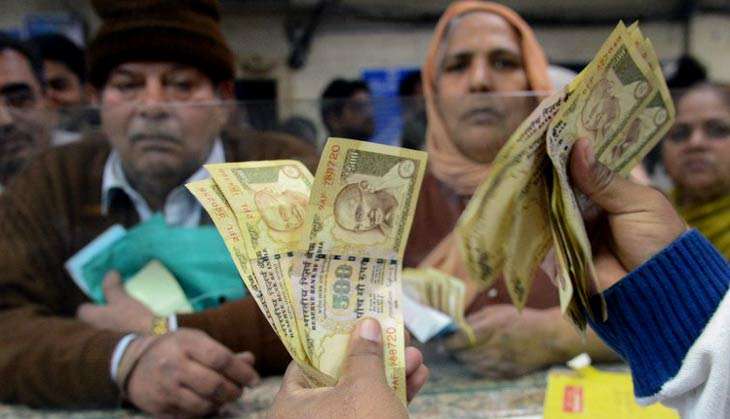
The Indian government demonetised Rs. 500 and Rs. 1000 in the country on 8 November. Impact of the note ban on Indian economy was severe as the scrapped currency accounted for 86.4% of total value of Rs16, 415 billion notes in circulation in the country.
Economist and Former Indian Prime Minister Manmohan Singh speculated that on account of the demonetisation of currency there would be a reduction in India's economic growth by 2%. Each sector of the Indian economy has been affected by the notes ban.
In India's neighbourhood, Nepal and to some extent Bhutan has been demonetisation of Indian currency. Within Nepal, people in the Terai region have been experiencing great difficulties due to the notes ban as they have most of the economic transactions across the border affected most by the demonetisation of Indian currency. Within Nepal, people in the Terai region have been experiencing great difficulties due to the notes ban as they have most of the economic transactions across the border with India.
Across the border
Nepal Rastra Bank, the central bank of Nepal, declared that the country has approximately Rs 33.6 million old Indian notes of Rs 500 and Rs 1000 denominations in its financial system.
But in certain corners estimates are that there could be old Indian notes worth as much as Rs 10 billion in the country. This is so because the Nepalese are allowed to bring Indian notes (Rs 500 and Rs 1000) while returning from India.
For a long time, these Indian notes had been banned in Nepal. But following the visit of Indian Prime Minister Narendra Modi in 2014, every Nepalese citizen was allowed to carry Indian notes of Rs 500 and Rs 1000, up to Rs 25,000 at a time, while returning from India.
Such a change in the law allowed millions of Nepalese, including the Madheshi people working in India to carry with them huge amounts of Indian notes of higher denominations.
In fact, there was greater incentive on the part of the people in Nepal to hoard Indian currency considering the fact that there was huge scarcity of those notes in the country. Official exchange rate of an Indian Rs 100 is equal to Nepali Rs 160. But because of the higher demand for Indian rupees in Nepal, the exchange rate between the two currencies is higher in the unauthorised market.
Interestingly, acceptability of Indian currency has not been confined to the Terai region of Nepal alone, but also to the hills and mountain regions of the country.
Note ban effects
Following the note ban in India, Nepal Rastra Bank, apart from the commercial banks and financial institutions in Nepal, stopped exchanging the Indian notes (Rs 500 and Rs 1000) into the Nepalese currency.
As such, the Nepalese people in general and the border inhabitants of the country in particular, who have to travel to India each day for one or the other purpose have been experiencing a great difficulty due to the lack of Indian currency.
They are also worried that no mechanism as yet has been developed to exchange the Indian currency of higher value into Nepalese rupees, though the last date of 30 December to deposit the old currency notes into bank accounts in India is approaching nearer.
After the expiry of this date all the higher denomination notes possessed by the Madheshis and other people in Nepal will be worthless, if no move is made to exchange the old Indian notes.
The Nepalese Prime Minister Pushpa Kamal Dahal 'Prachanda' talked to his counterpart Narendra Modi on this issue immediately after the notes ban announcement in India. Additionally, there have been talks between the two countries at the Ministry of Finance level and also at the level of central banks of the two countries. Even diplomatic efforts have been made by Nepal to ease the problem caused by demonetisation in India.
Problems
It is not that easy to develop a mechanism to facilitate the exchange of old Indian notes into Nepali rupees. Many of those in India who have huge deposits of black money could shift the old Indian notes to the Nepalese citizens and get them converted into Nepalese rupees for them.
As Nepal is a sovereign nation, it is free to print any amount of Nepalese rupees and convert the old Indian notes into Nepalese rupees if India is prepared to exchange such old notes into new ones.
Despite this challenge some ways and means have to be found so that the genuine Madheshis and other people in Nepal who have with them old Indian notes are not debarred from exchanging them into Nepalese rupees.
If one can prove genuine source of earning in India, they should be given positive consideration to exchange old Indian notes up to Rs 25,000 into Nepali rupees.
Any delay in this process would cause further miseries in the life of the people in Nepal.
First published: 14 December 2016, 3:21 IST



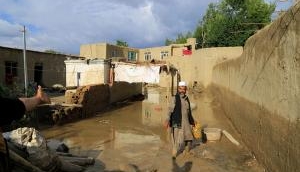

![BJP's Kapil Mishra recreates Shankar Mahadevan’s ‘Breathless’ song to highlight Delhi pollution [WATCH] BJP's Kapil Mishra recreates Shankar Mahadevan’s ‘Breathless’ song to highlight Delhi pollution [WATCH]](http://images.catchnews.com/upload/2022/11/03/kapil-mishra_240884_300x172.png)

![Anupam Kher shares pictures of his toned body on 67th birthday [MUST SEE] Anupam Kher shares pictures of his toned body on 67th birthday [MUST SEE]](http://images.catchnews.com/upload/2022/03/07/Anupam_kher_231145_300x172.jpg)


